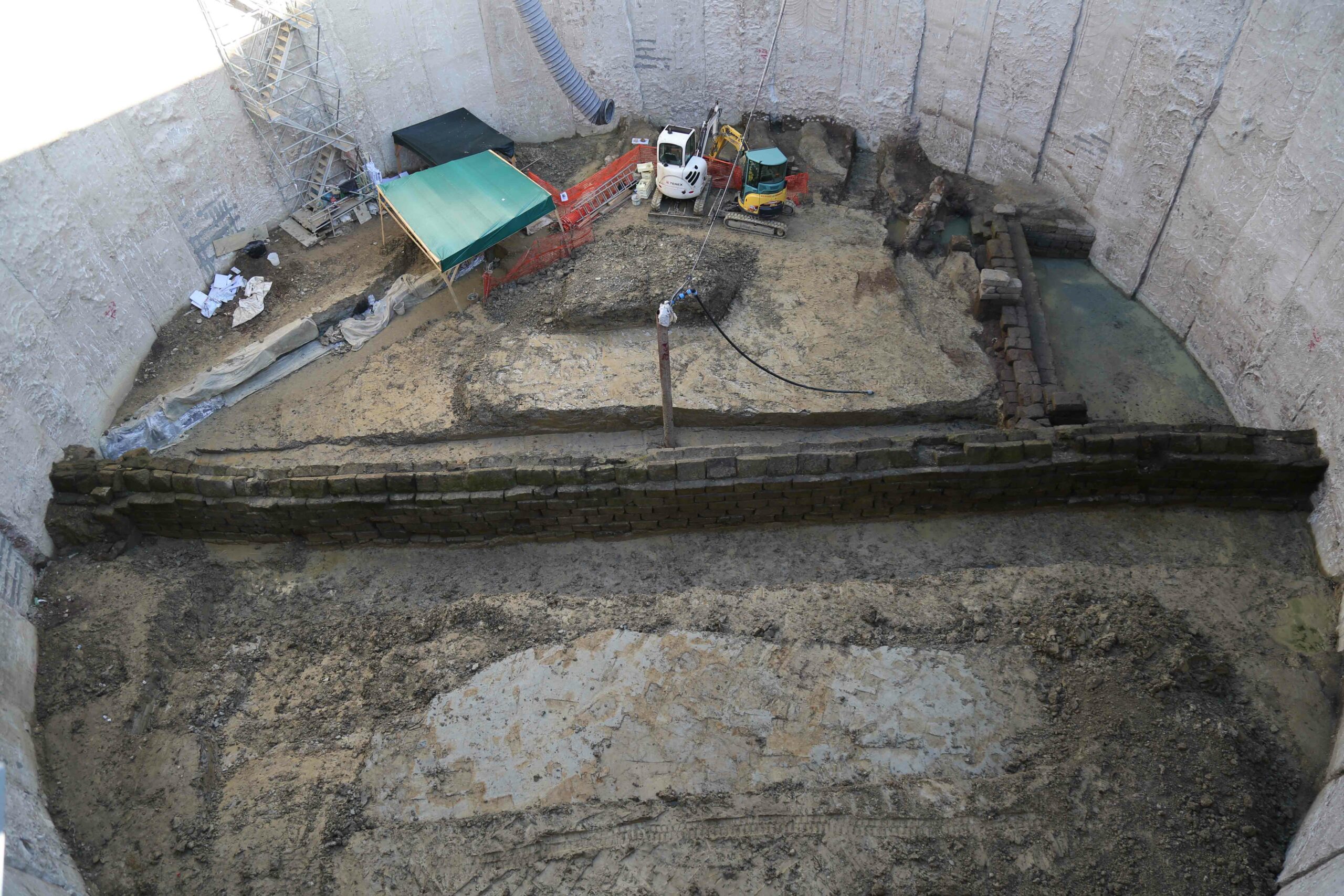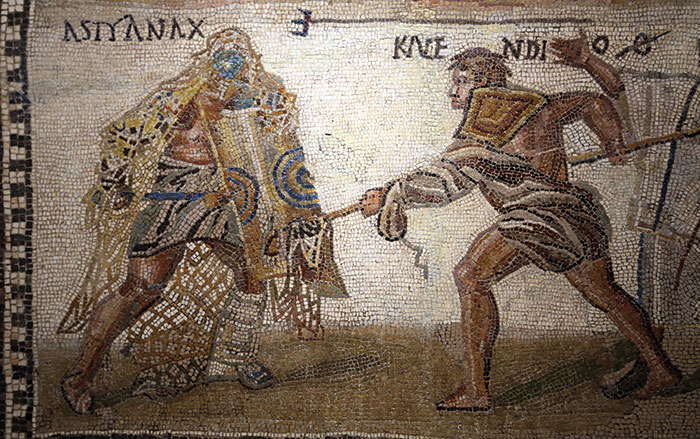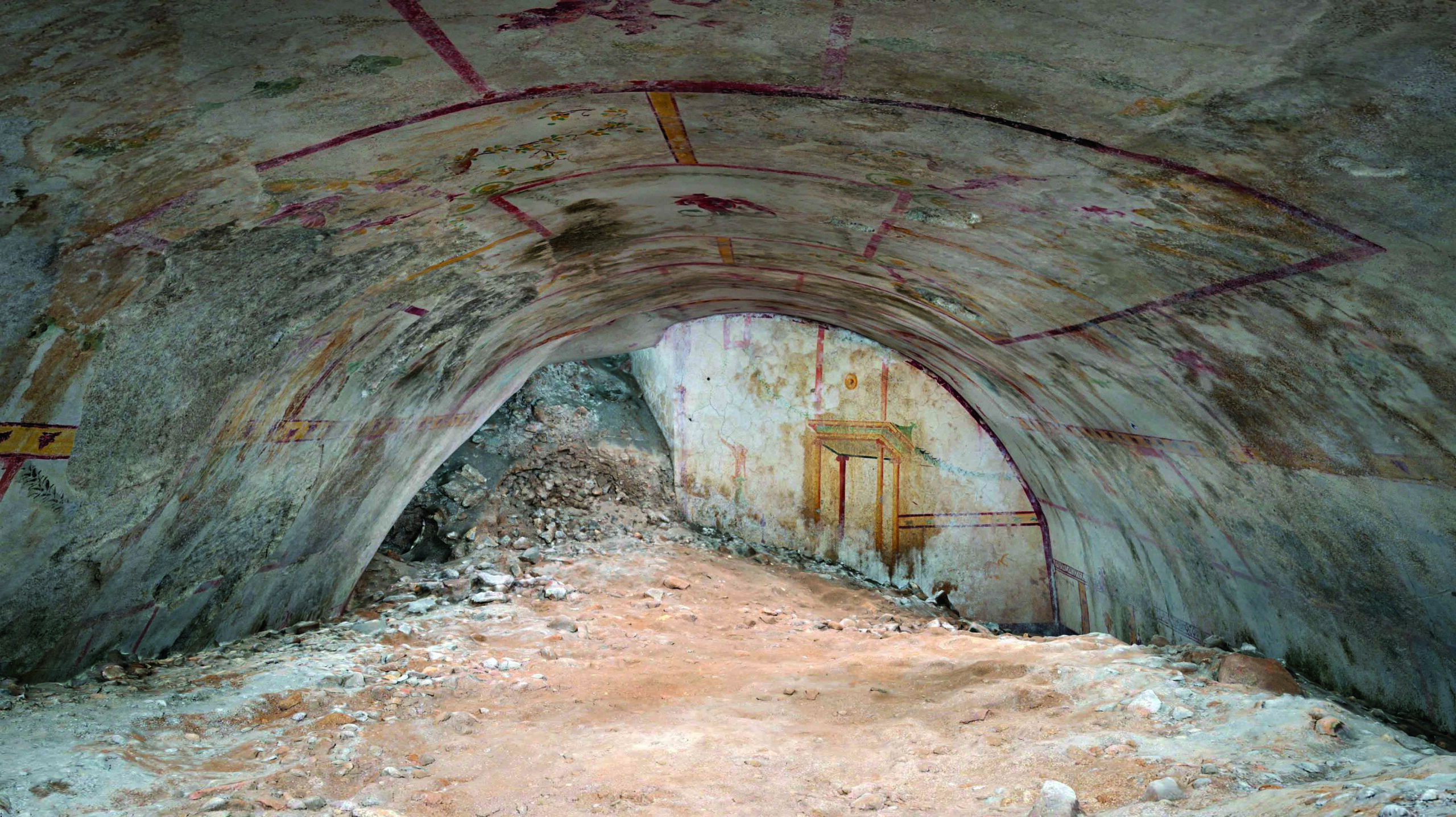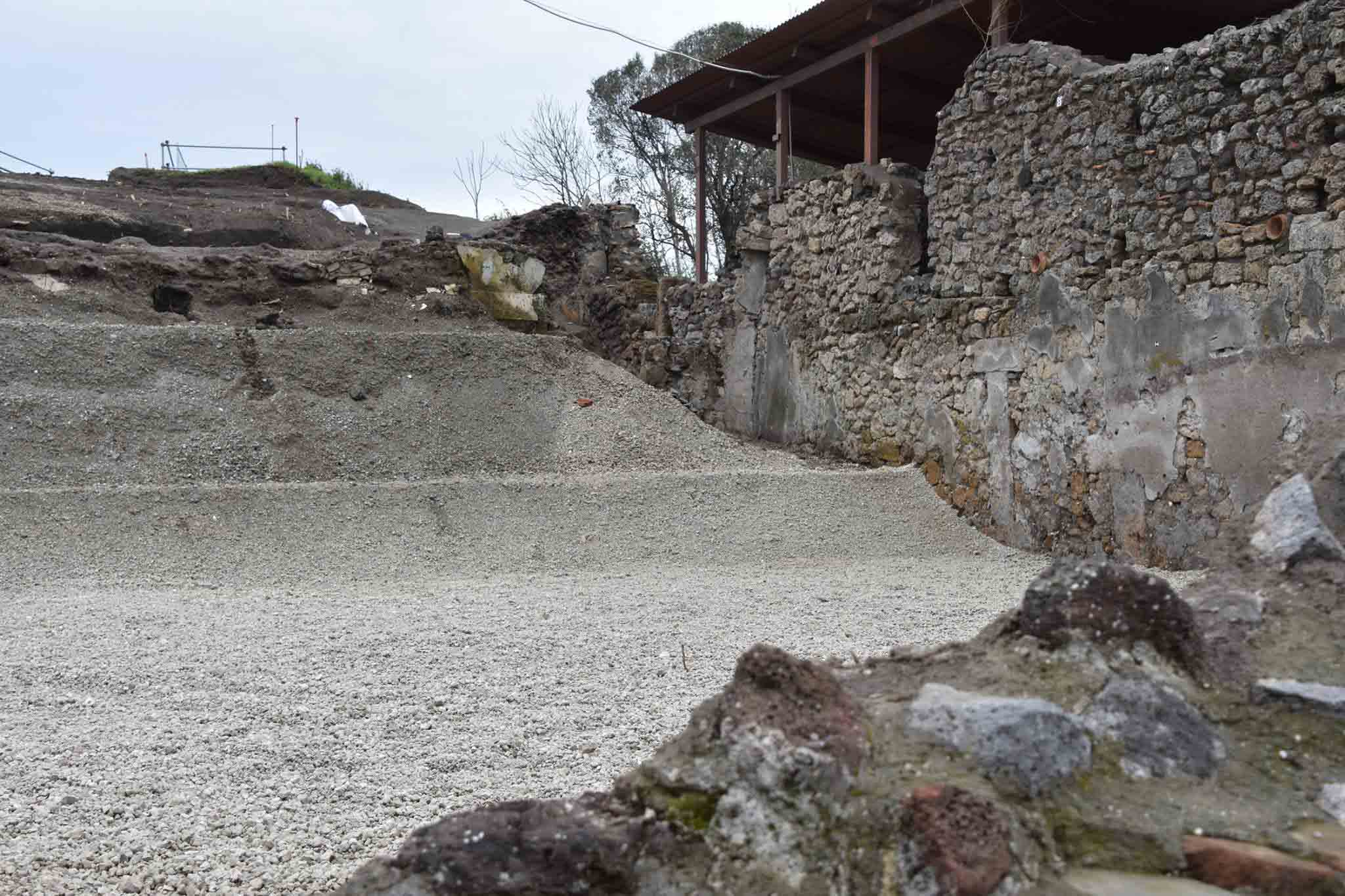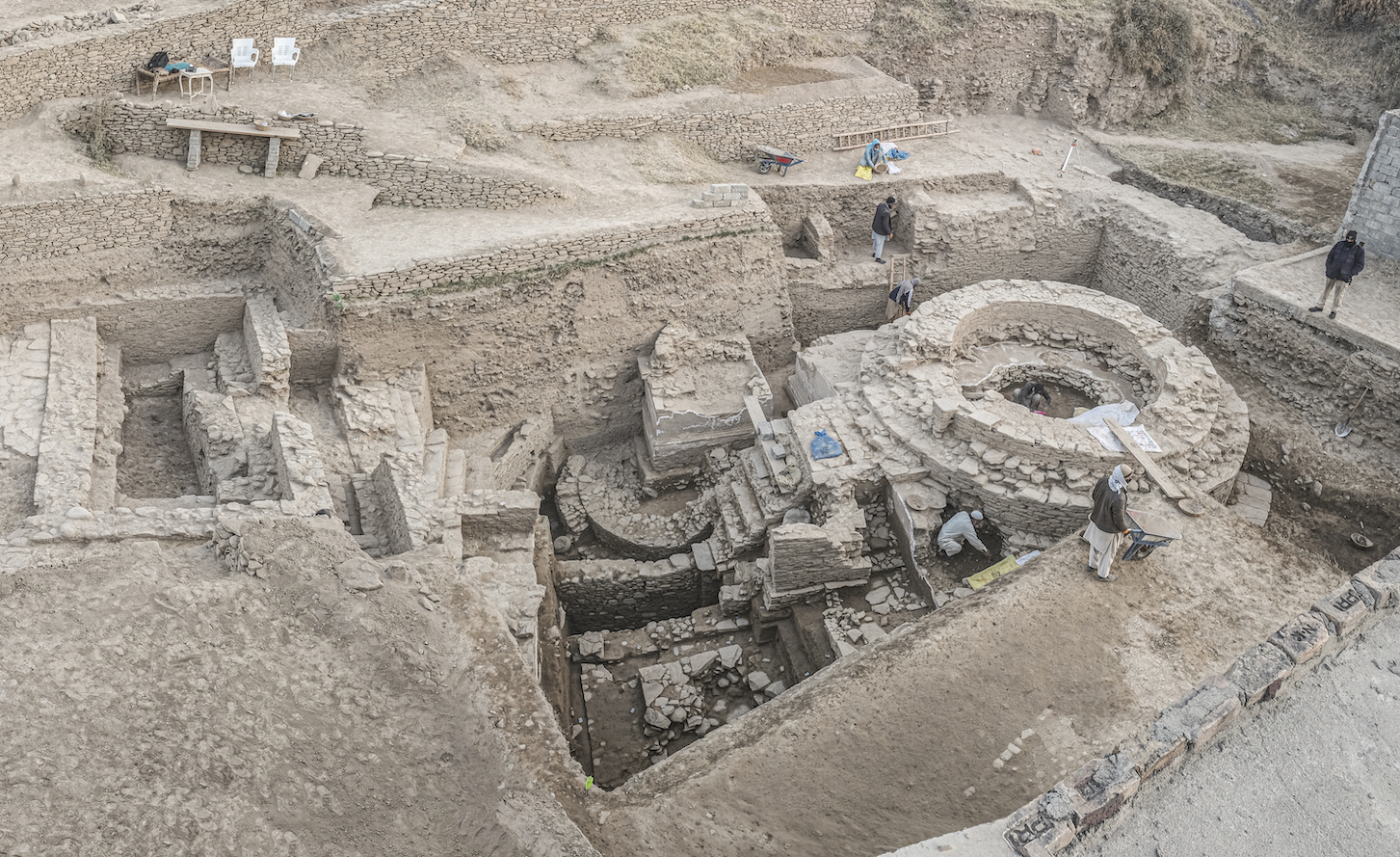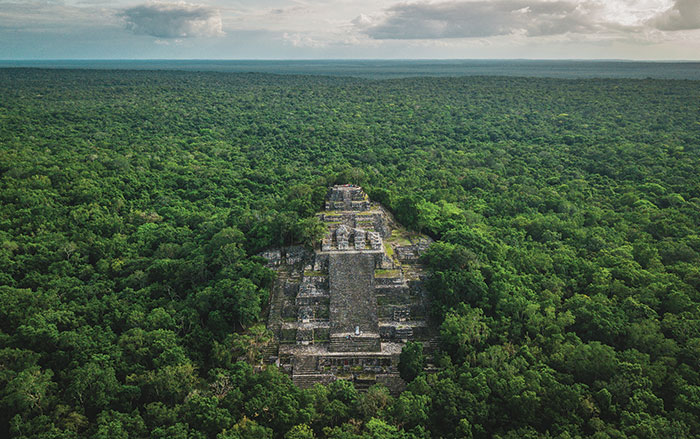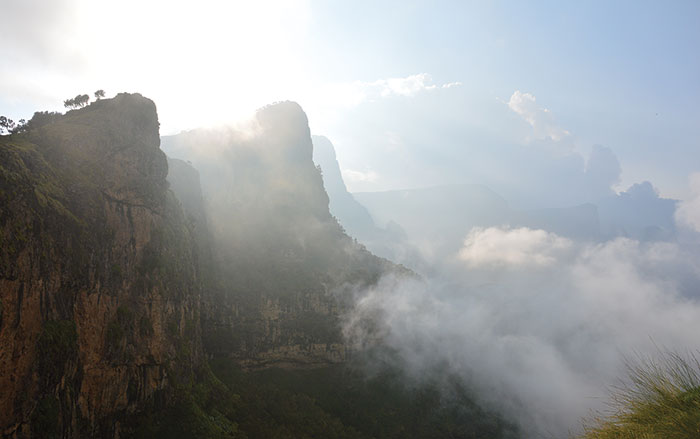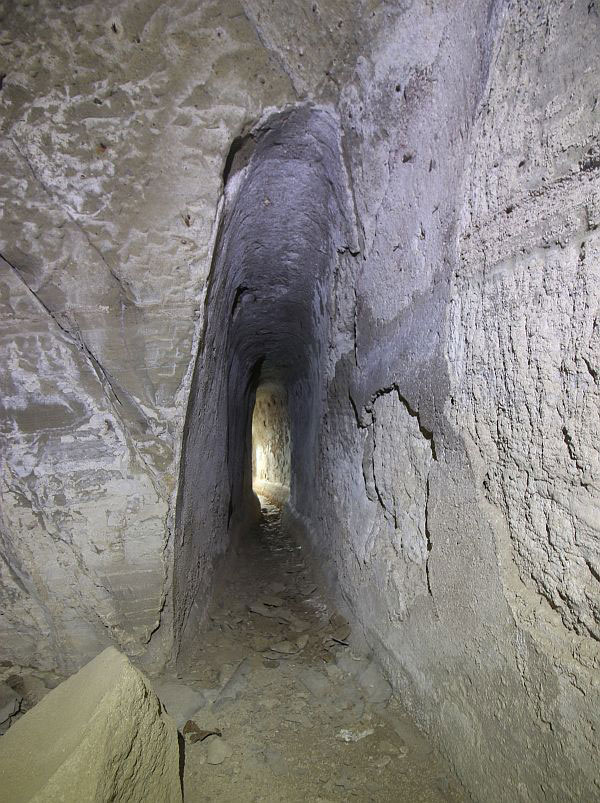
NAPLES, ITALY—Live Science reports that Graziano Ferrari and his colleagues at the Cocceius Association have explored an underground branch of the Aqua Augusta, which is also known as the Serino aqueduct. This particular branch of the 87-mile-long aqueduct was built between 30 and 20 B.C. and carried water to private villas on the hill of Posillipo. “The Augusta channel runs quite near to the surface, so the inner air is good, and strong breezes often run in the passages,” Ferrari said. The team of speleologists and scientists will now be able to determine how the structure was built, calculate how much water flowed through it, and analyze the layers of mineral deposits on its walls for climate data. To read about the discovery of a section of the Aqua Appia, go to "Rome's Oldest Aqueduct," one of ARCHAEOLOGY's Top 10 Discoveries of 2017.


